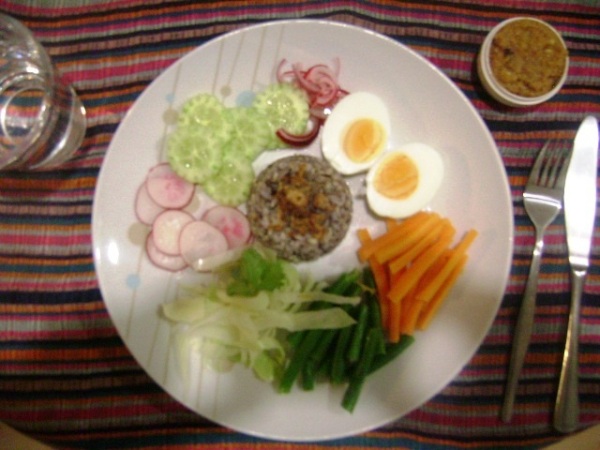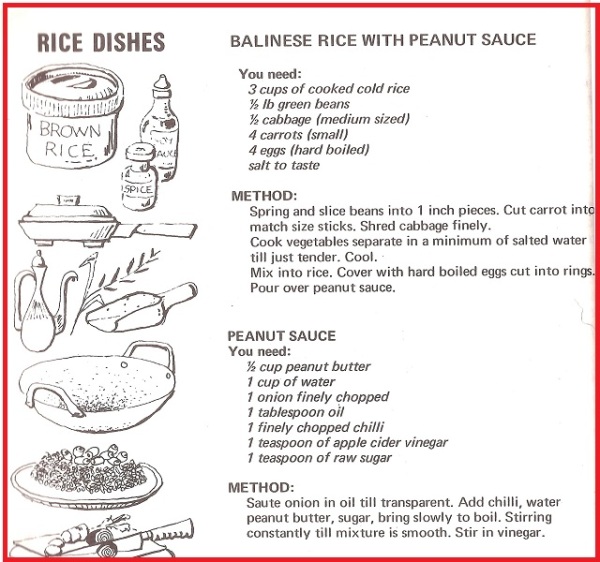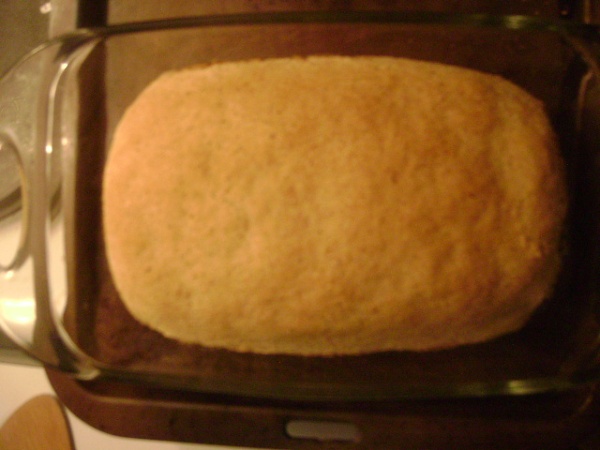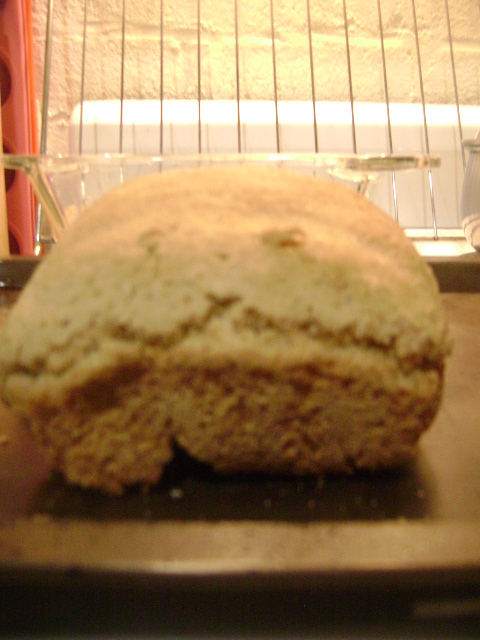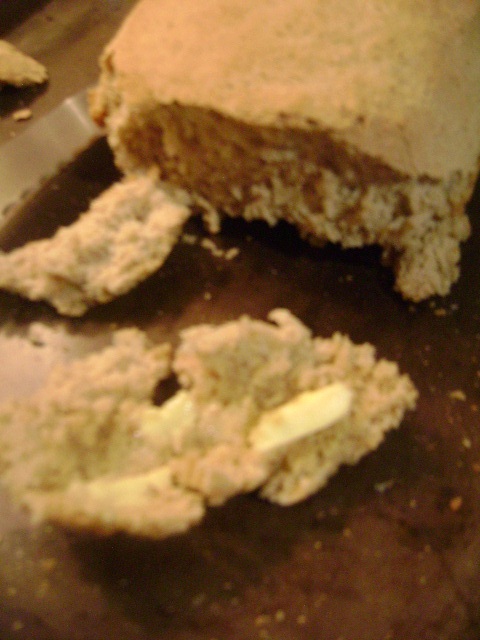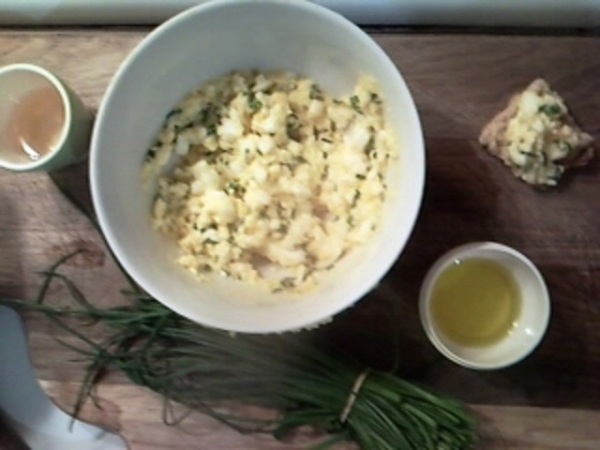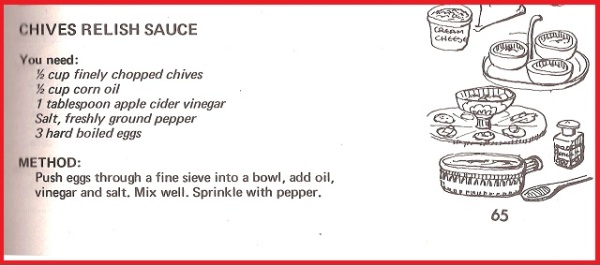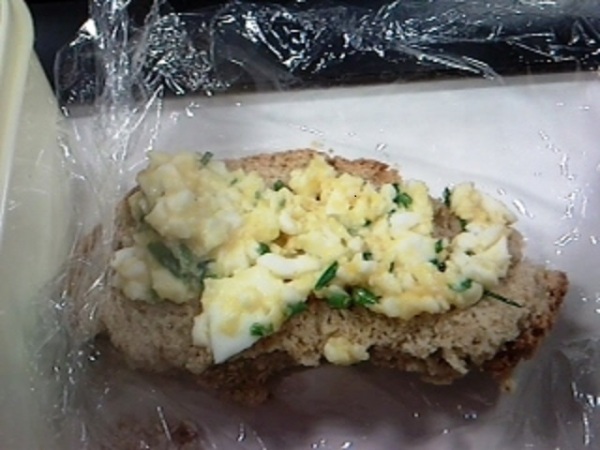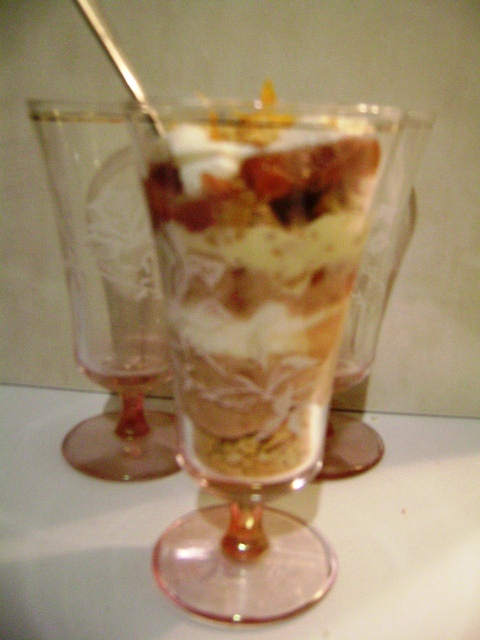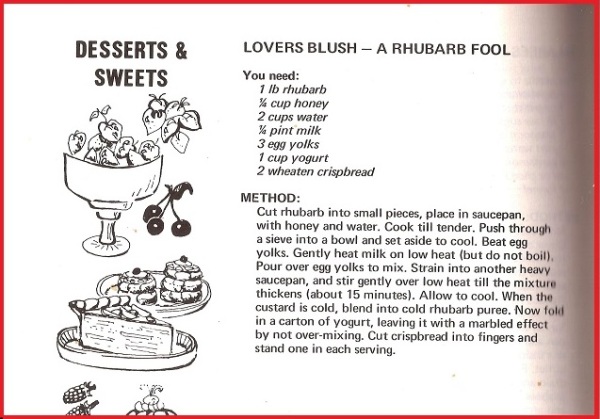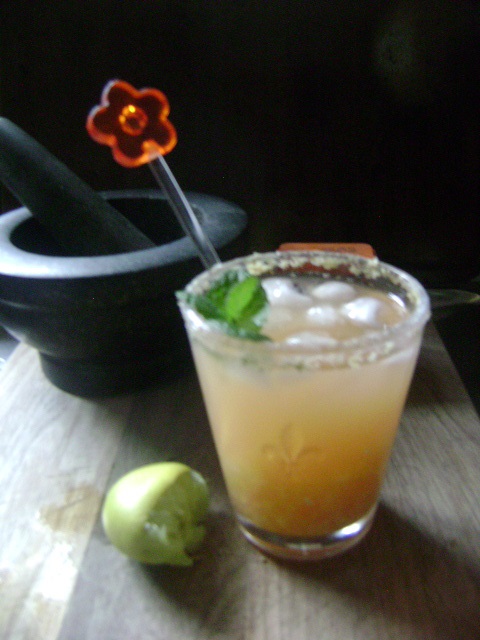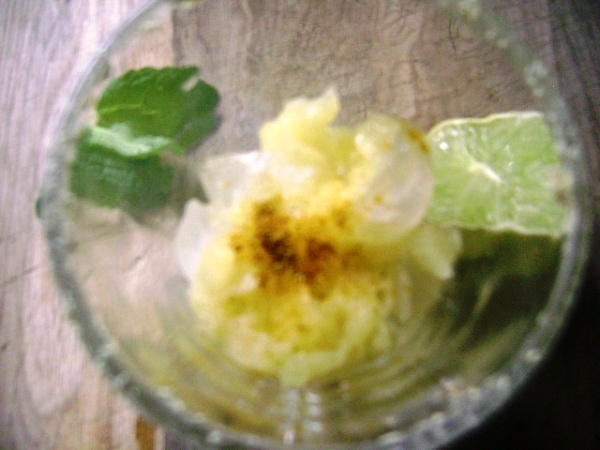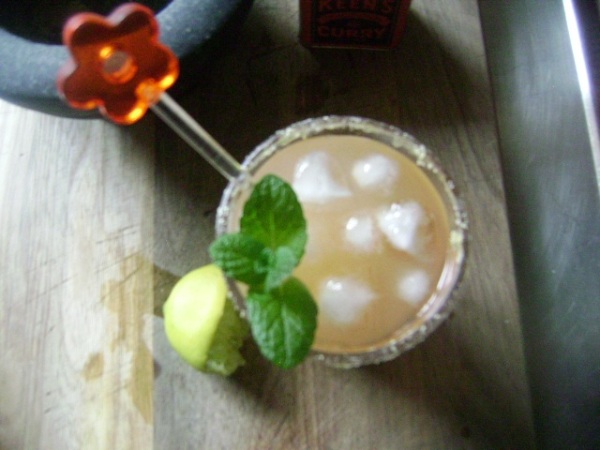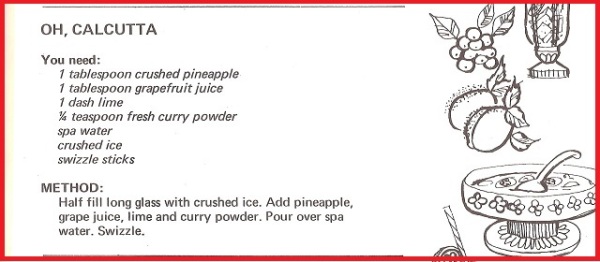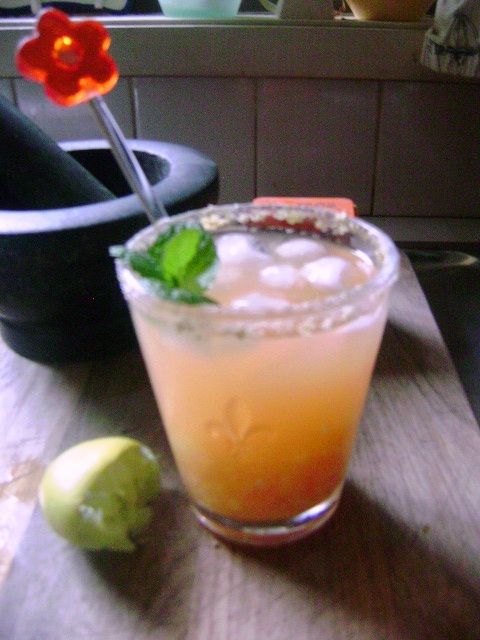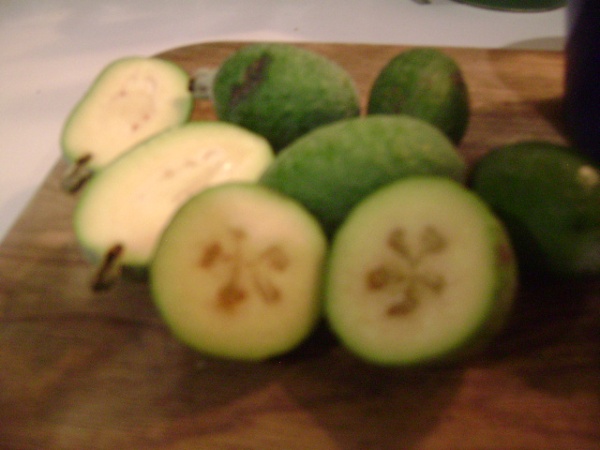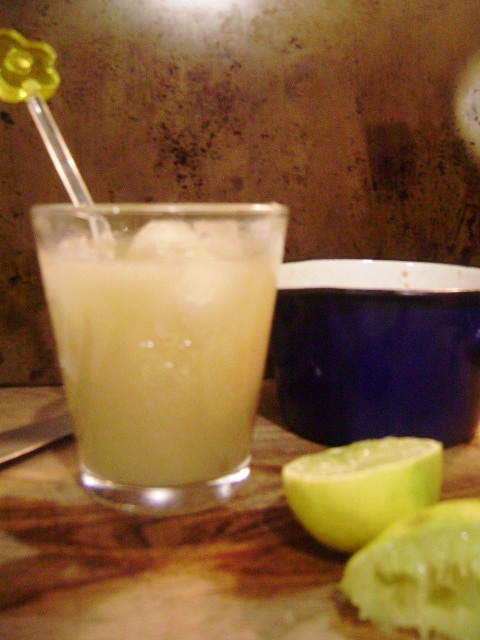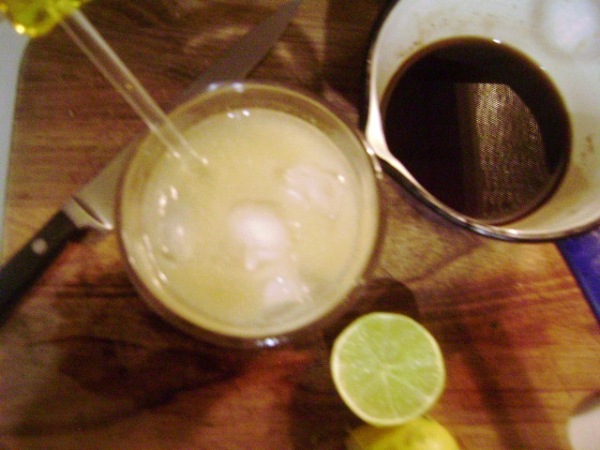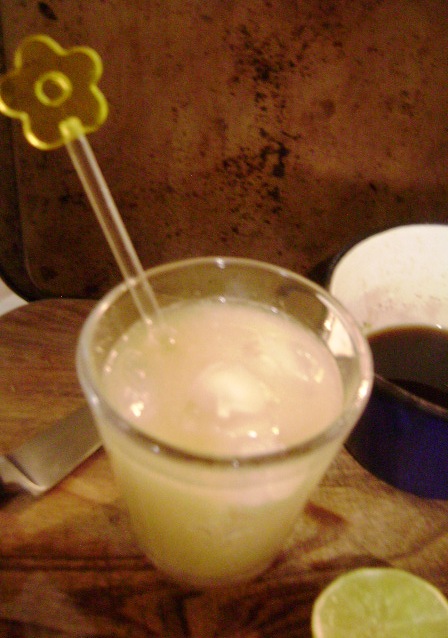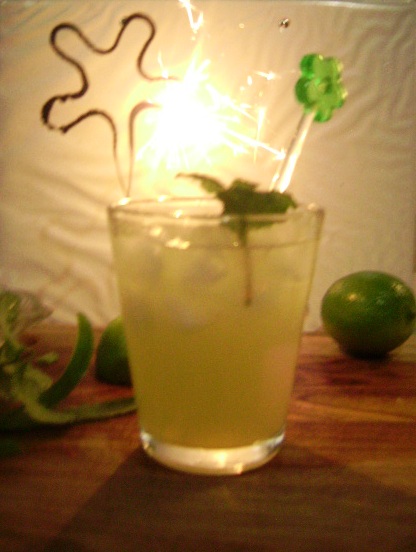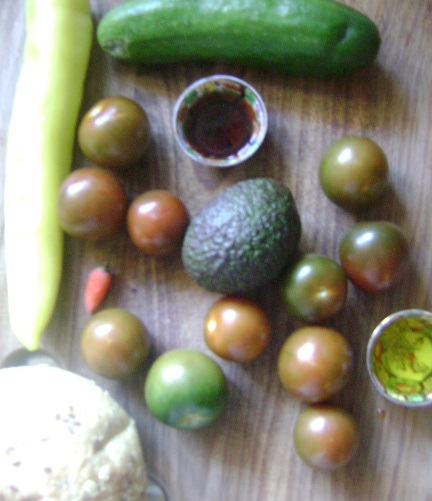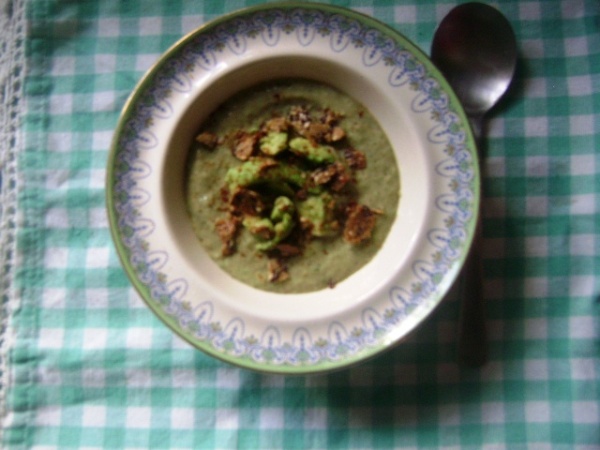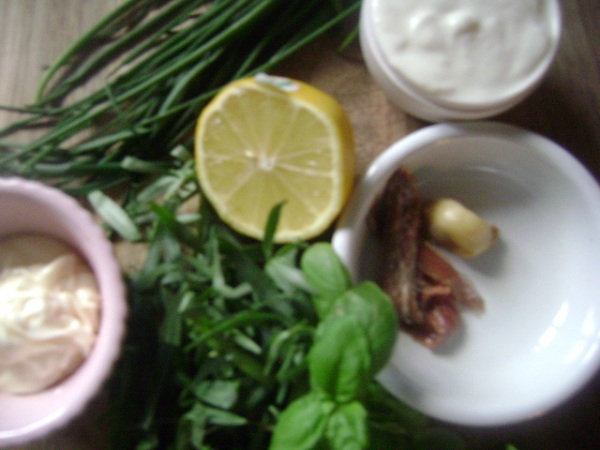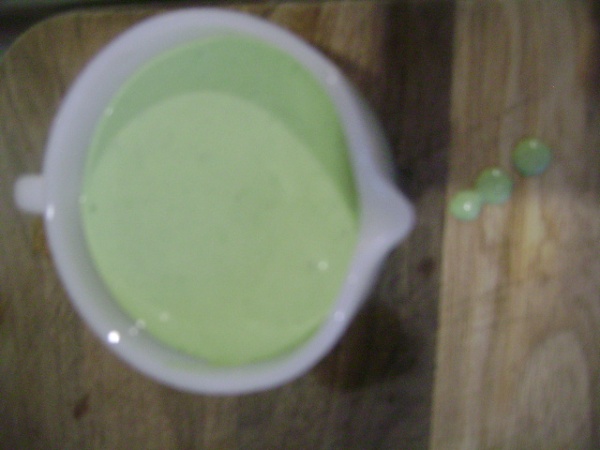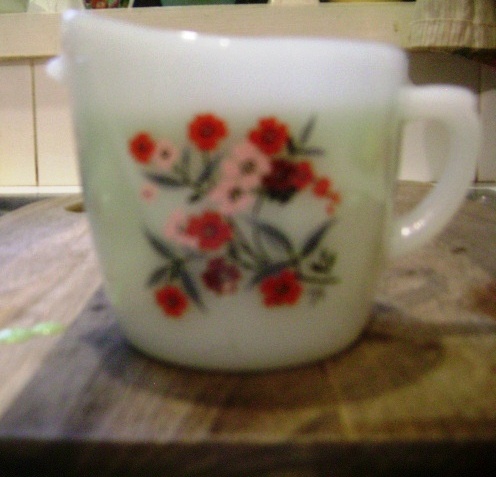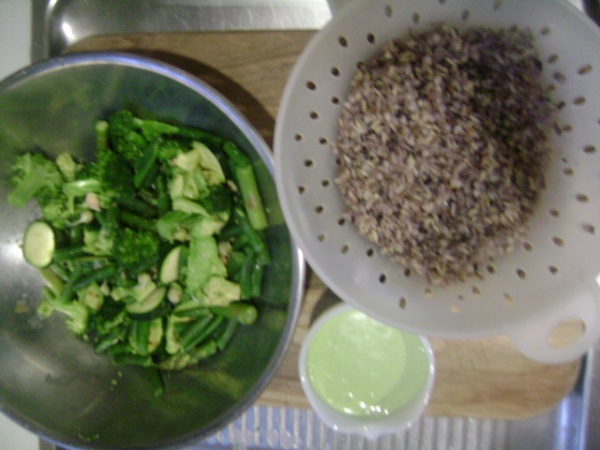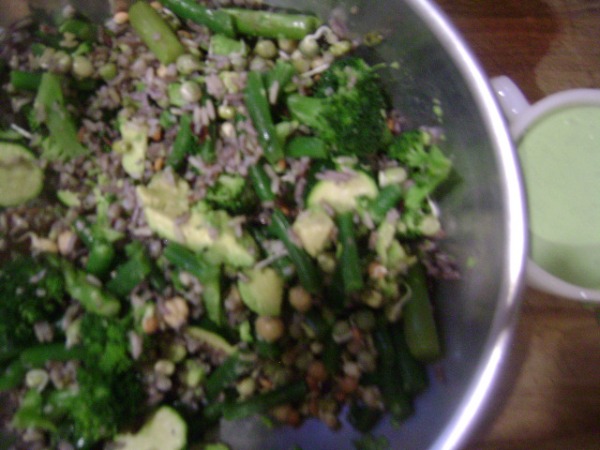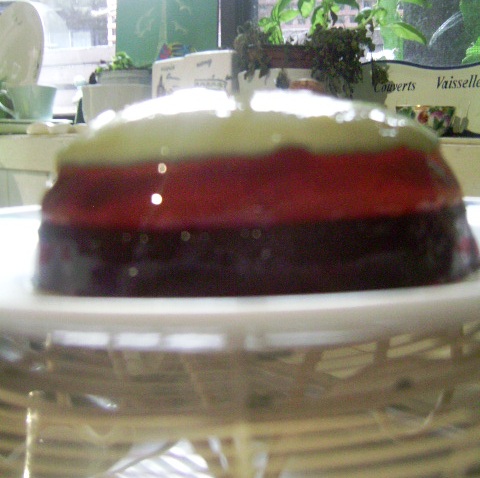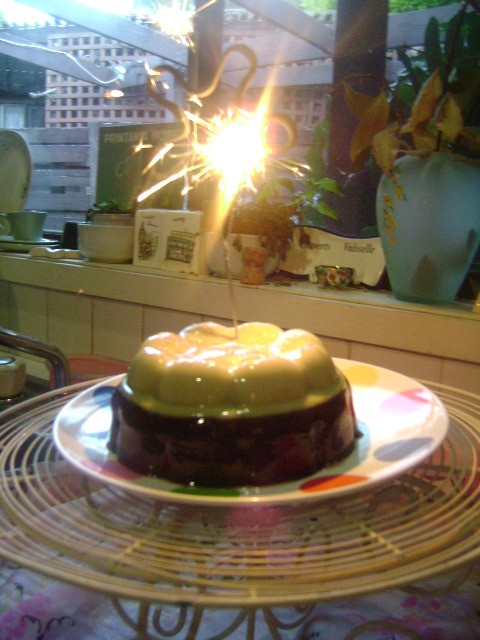So last time we left off, I had been eating for love and beauty for 4 days and loving it.
However, through the week, I began to see a certain theme running through my dishes…
Day 5
I made two recipes from Eating for Love and Beauty.
The first was a delicious Egg Curry.
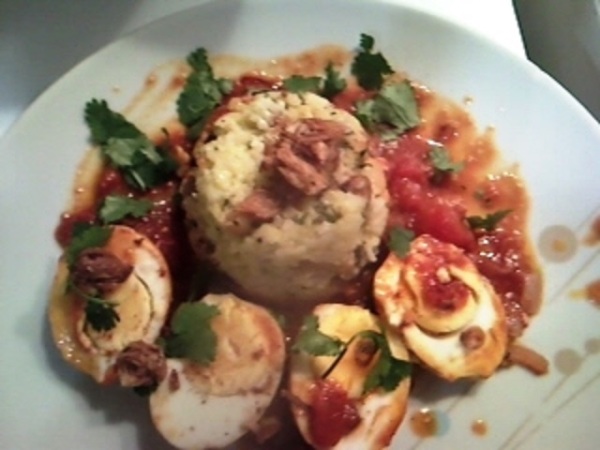
This was very tasty, spicy and quick to make. I will definitely make this again. Also, I didn’t have fenugreek because…well who has? However, I noticed my Garam Masala contained fenugreek, cumin and coriander so I used that in lieu of all individual spices.
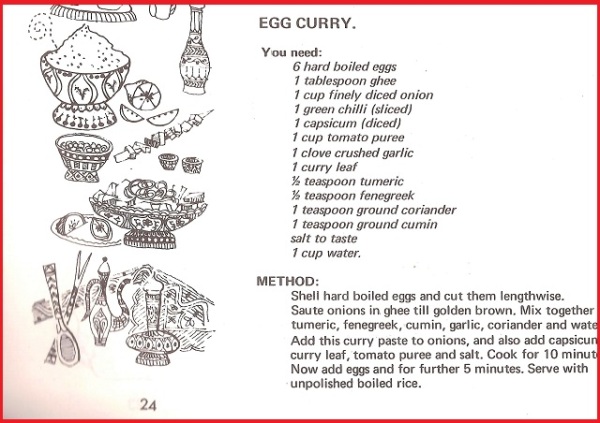
I think we all know eggs are a symbol of fertility…I had my egg curry with a Rice Exotica – Saffron & Lime Casserole.
Rice Exotica huh? I think the Swami might be getting a bit saucy!
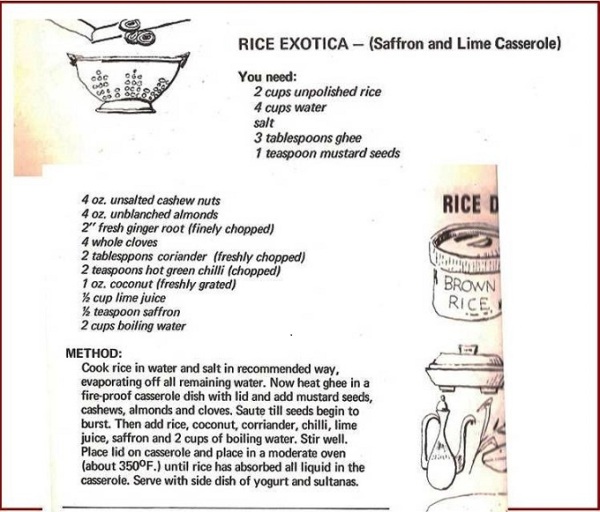
Sadly, the Rice Exotica, was the least sexy dish of the week. Probably because in my first mouthful of it, I bit directly into a clove which spoiled entire dish for me Yes, it was my fault and I should have been more careful when I was counting them as I fished them out but still, not good. I was also not happy with the texture and I only par boiled my rice initially! I like my rice light and fluffy and this was a bit too mushy and stuck together for me. I dread to think what it might have been like had I cooked it all the way through the first time as per the recipe.
If I was going to make the rice again, which is unlikely, I would probably not cook it at all before bunging it in the oven with the nuts and spices. Hmmm…maybe I will try it that way. Sans the cloves!
Next up was an Eggplant Dish….and lo and behold, the internet tells me that eggplants are a symbol of abundance or fertility, passion and devotion. See what I mean about a theme beginning to develop?
Day 6 – Eggplant Gourmet
This was AWESOME!…
Earthy eggplant, sweet, sour..all sorts of deliciousness rolled into the one dish. The flavours reminded me very much of a Sri Lankan Eggplant dish that sometimes contains cashew nuts…and maybe dates?
(Dear mother given you have started to chime in on here, maybe you could offer some insight into the constituents of an eggplant moju???)
Either way, I had some cashews left over from the Rice Exotica so I dropped them in for extra flavour and crunch. I’m definitely making this again….
I also ate it more as a side dish than as a main. It’s also pretty good cold on crackers or some tzatziki on pita bread.
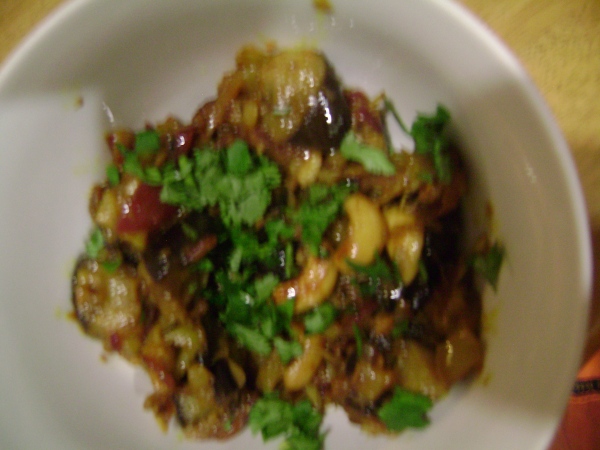
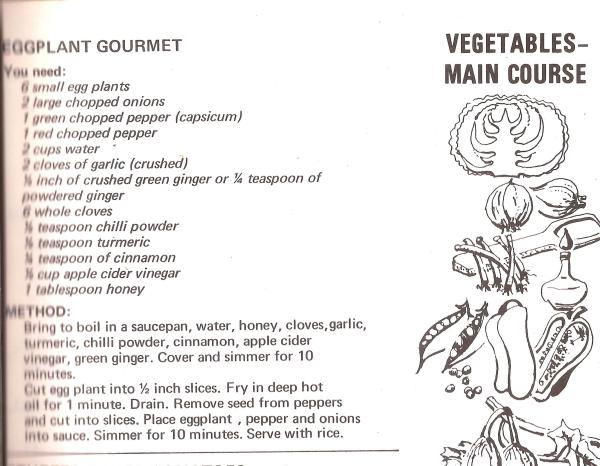
Day 6 – Lovers Dandelion Salad
If you’ve read my earlier post…(here)…you know I have a bit of a penchant for a bit of foraging. So the Swami’s Lover’s Dandelion Salad was as good a reason as any to go comb the local environment for some dandelion leaves which, luckily, were plentiful.
I loved this salad. There is something about bitter greens that makes me feel incredibly virtuous and just oozy with health! Again, I had no fenugreek sprouts so I just used a sprout combo. I was becoming curious about why the Swami used fenugreek in so many dishes so I did a bit o’ research and hello…fenugreek is sometimes used to cure erectile dysfunction.
When the Swami wants you to eat for love, she doesn’t muck about!
She also says this salad is good for those suffering from mental or sexual debility. I ate mine for lunch a the office and it kind of worked. It certainly gave me a mental boost for the afternoon!
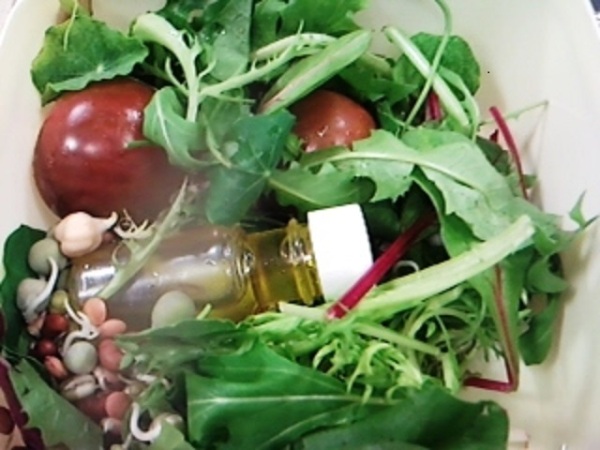
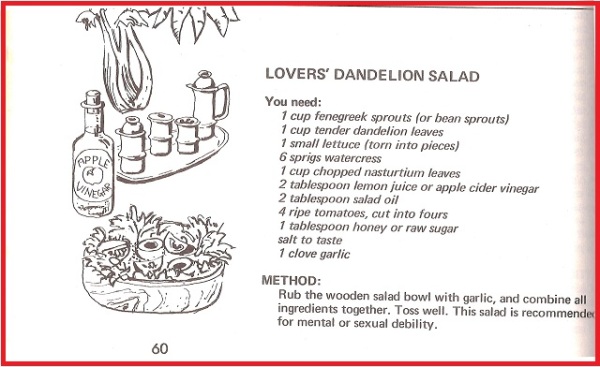
Day 7 – 21 Essences of Kama Sutra
I followed the Lovers Dandelion Salad with the 21 Essences of Kama Sutra Salad although I guess I only had 19 Essences as I subbed a yellow pepper for the red and green peppers and could not find soy sprouts for love or money. Then again, I used my handy sprout combo per the last recipe so maybe I had more than 21 Essences of Kama Sutra! The Swami offers no comment on what the 21 Essences of Kama Sutra is good for. I think she’s letting the name speak for itself.
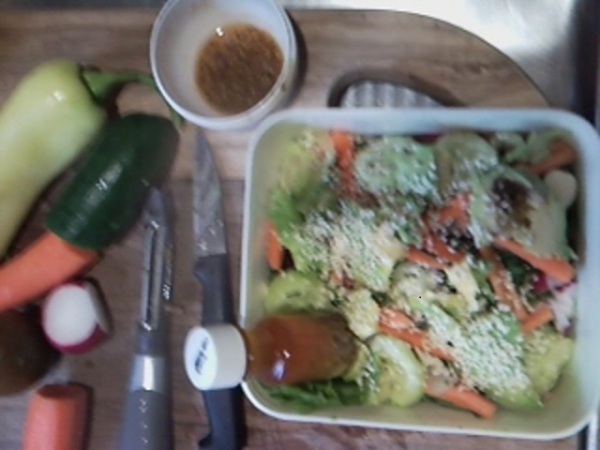
This was also a very nice salad, although if I made this again, I wouldn’t bother with the Lotus Nuts. In the first pack I bought there were two dead moths. That made me gag and I had to throw them out. The second lot of lotus nuts was, thankfully, mothless but also largely tasteless.
I read on the internet Lotus Nuts are good for irritability. Well guess what? After the moths, and having to make two trips to the Asian food store to buy them, then finding they taste of sweet F.A. I guess they are. I was certainly a lot more irritable after all that palaver than I was before I started!
And quelle surprise, also apparently good for impotence!
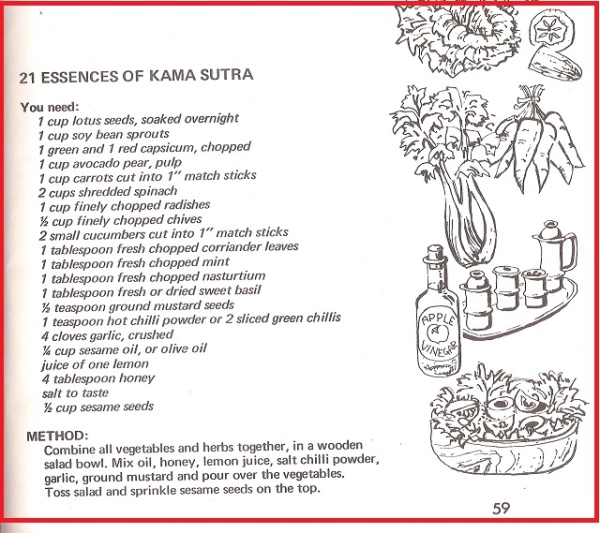
Day 8
It’s Plum Wonderful
I ended my week with the Swami’s recipe for an uncooked Plum Pudding which is basically dried fruit held together with jello. It’s really tasty, and has all the flavours of a plum pudding but is fruitier and not so heavy. It would be a perfect alternative to a heavy pudding, particularly here when it is warm at Christmas.
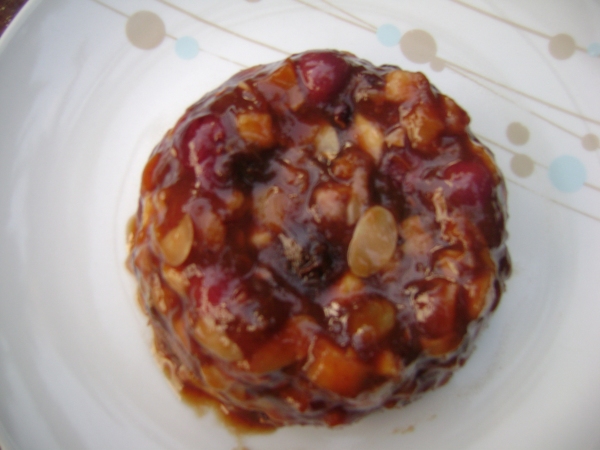
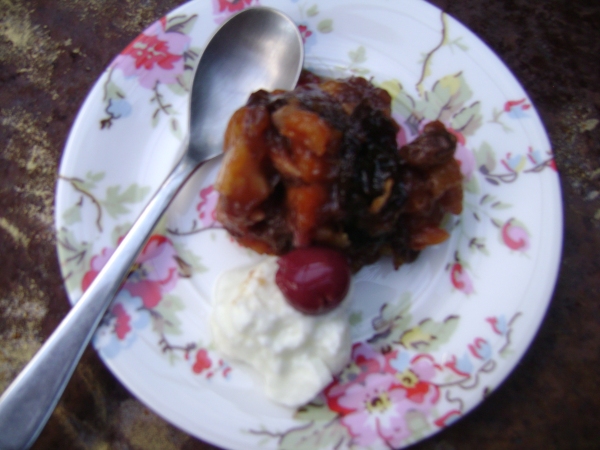
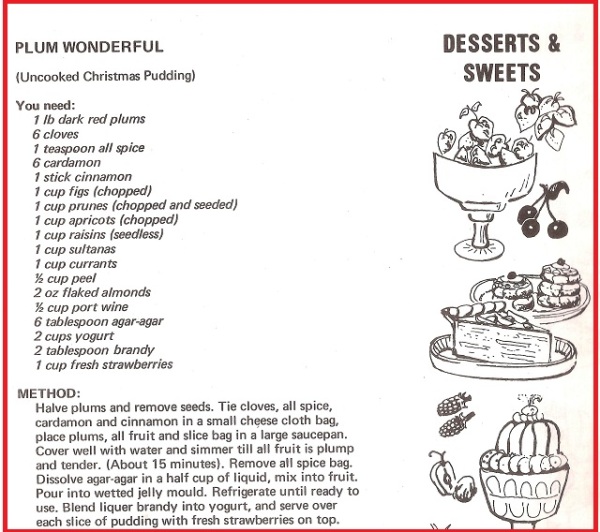
I recently read that a good maxim to use when trying to moderate your alcohol intake is to abstain one day a week, one week a month, one month a year.
It doesn’t work for me alcoholwise as I am aiming for far more than one AFD a week but it’s certainly a philosophy I can embrace when it comes to adopting the principles behind Eating For Love and Beauty.
That book, which also had a whole host of other good advice was:

Apart from the moths and the failure of the Rice Exotica, Eating For Love and Beauty has been fun and I feel really healthy. It is winter here now and whilst people around me have been dropping like flies with all sorts of horrible lurgies, I have never felt haler or heartier!
I really want to go to the Swami’s retreat now….
I’m going spend my week trying to find a yoga class I can do at lunchtime so I can exercise for health and beauty as well as eat for it. Enjoy your week whatever you do!

